Presenting the third part (21 – 30) of the five part article series highlighting the 50 best films that Hollywood has produced over the last hundred years or so.
Read the first part here (41 – 50)
Read the second part here (31 – 40)
Read the fourth part here (11 – 20)
Read the fifth part here (1 – 10)
30. Paths of Glory (1957)
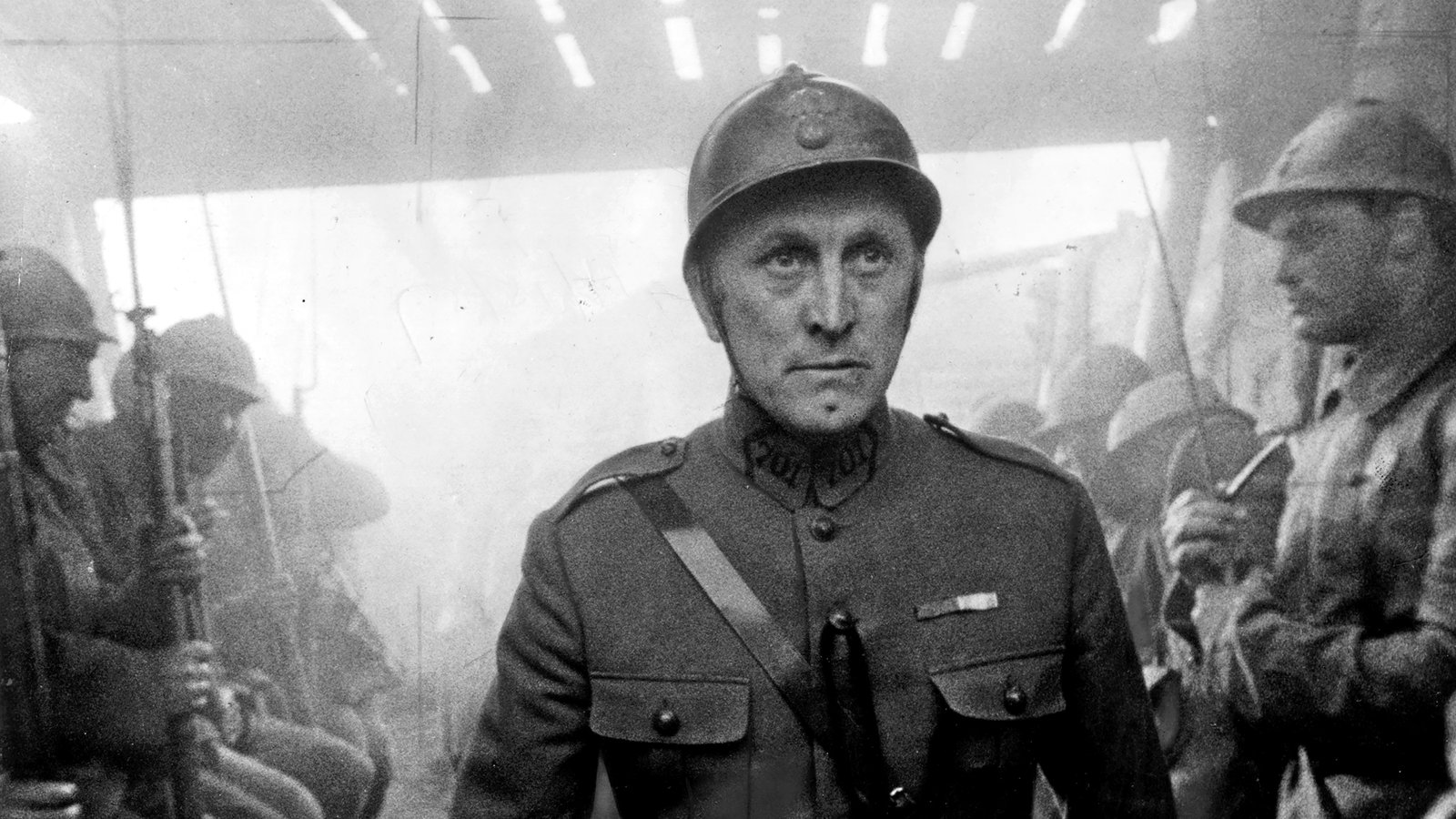
This Stanley Kubrick classic happens to be the greatest anti-war film ever made. Paths of Glory features an unforgettable performance from Kirk Douglas. Douglas plays a French Colonel who gets ordered by his superiors to kill his subordinates for failing to carry an impossible attack on the enemy. The French auteur and critic François Truffaut had once famously said that it was impossible to make an anti-war movie, for the action would argue in favor of itself. Kubrick by making Paths of Glory proved him wrong, once and for all.
29. McCabe & Mrs. Miller (1971)
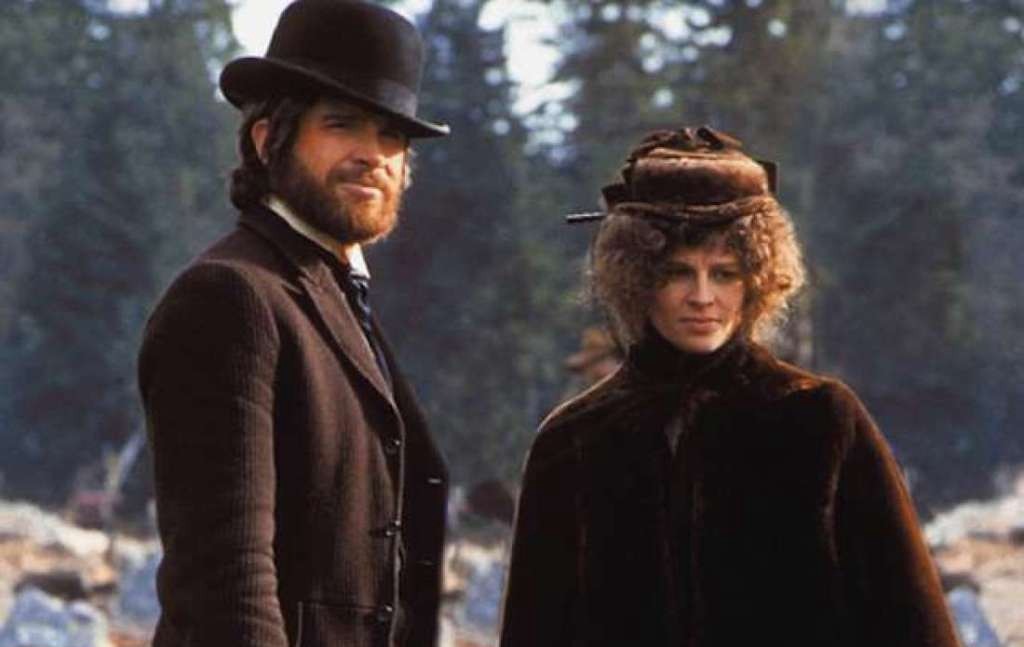
Robert Altman was a great filmmaker who made several masterpieces across different genres. But he never made a better film than McCabe & Mrs. Miller. Here is a Revisionist Western, starring Warren Beaty and Julie Christie, about a drifter named McCabe who wants to settle down in life. He builds an abode (more accurately a brothel which he runs in partnership with one Mrs. Miller) for himself but his fate has other plans for him. The film features one of cinema’s most chilling climaxes. The US Library of Congress has acknowledged the film as being culturally, aesthetically and historically significant.
28. Kiss Me Deadly (1955)
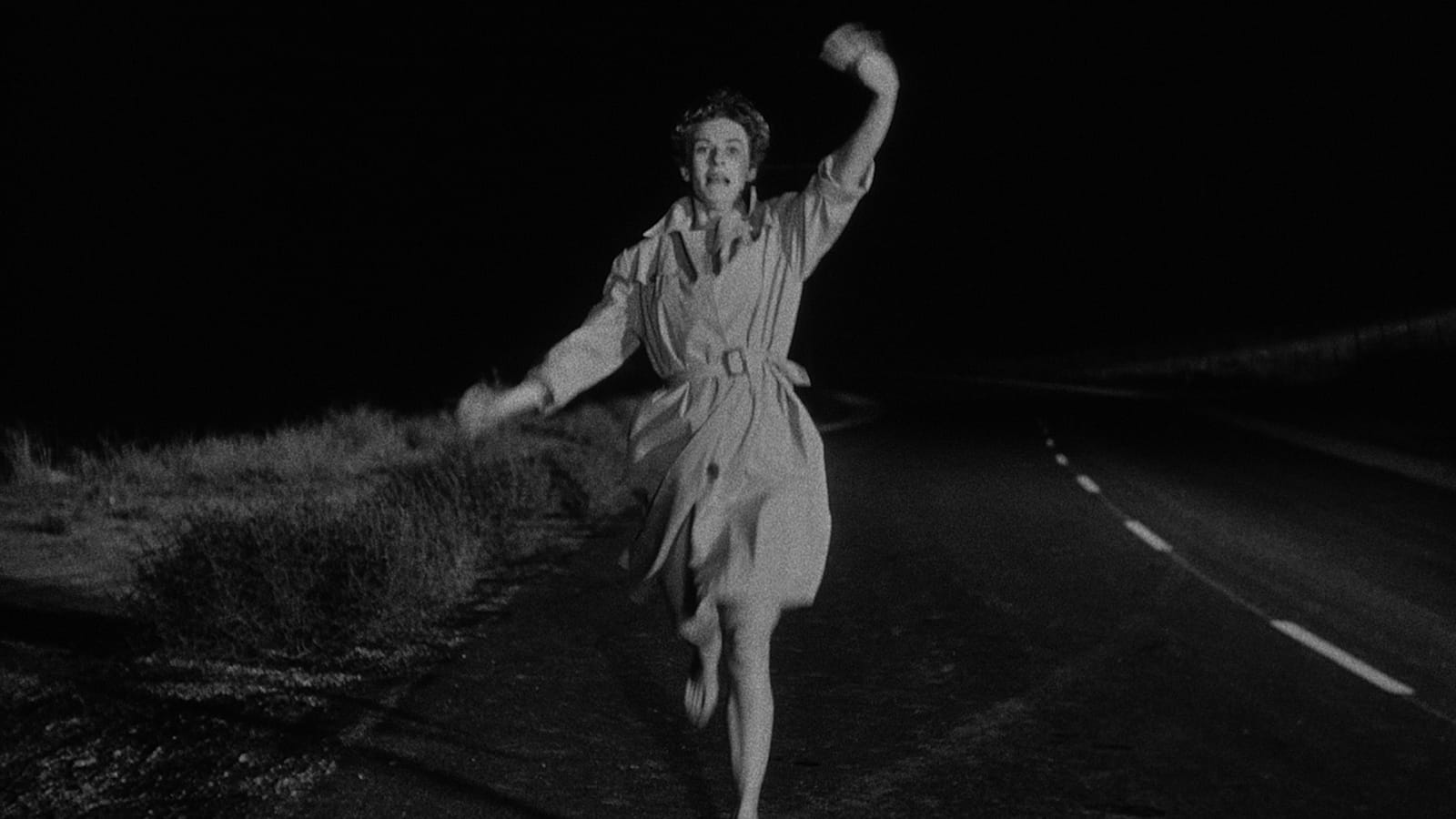
This Robert Aldrich classic film noir starring Ralph Meeker features arguably the greatest opening scenes in all cinema. The film brilliantly captures the fear and paranoia of the Cold War era. It is a triumph of style and marked a paradigm shift in the noir genre with transgressing tones slowly taking over from the classic Hollywood narrative. The glowing suitcase (possibly housing an atomic explosive) that has been used as what Hitchcock would have called a Macguffin went on to inspire the mysterious 666 briefcase in Quentin Tarantino’s Pulp Fiction (1994).
27. Silence (2016)
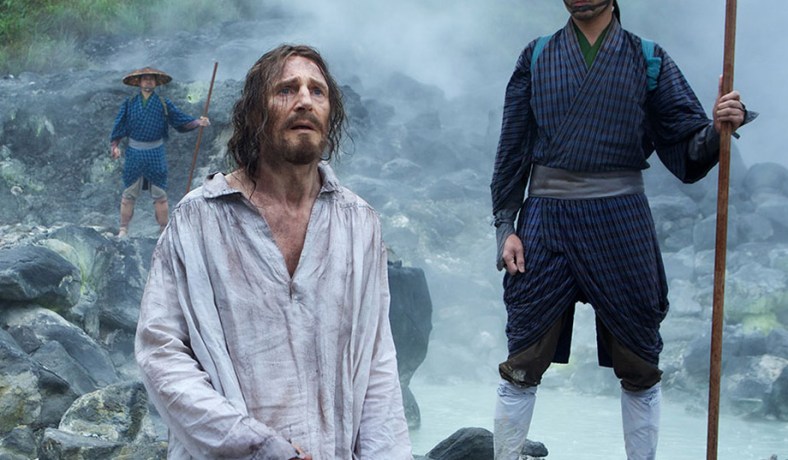
Silence has been Scorsese’s dream project which took him over 25 years to realize. And, it shows in each and every frame of the movie. There is a lyrical quality to Silence. The film tells the story of two Jesuit priests who undertake a journey from Portugal to Japan in the 17th century with the dual purpose of locating their missing mentor and preaching Catholicism in the island nation. But the country’s Buddhist regime has zero tolerance for anybody practicing or preaching an alien religion like Christianity. So, the two priests must suffer in the worst possible manner, physically as well as emotionally, while trying to grapple with existential dilemmas that force them to question their Christian faith and the very existence of God. Silence is an unforgettable cinematic experience that will stay with you long after the end credits stop rolling. There are scenes of such high intensity that they will haunt you endlessly and make you question humanity as well as your very existence. Silence, however, is not meant for casual viewing. But it makes for an immersive cinematic experience for a serious filmgoer.
26. Blade Runner (1982)

Blade Runner is not only a Sci-Fi masterpiece but it is also a style statement. A neo-noir set in dystopian Los Angeles, Blade Runner revolves around bio-engineered replicants, which are visually indistinguishable from human beings, and the blade runners whose job is to retire them as and when they escape out of human control or turn rogue. Harrison Ford plays a blade runner named Rick Deckard in the film. It is Ford’s most famous role along with that of Han Solo and Indian Jones. Blade Runner is a highly influential film that has inspired countless other films and television programmes. Watching it is an experience in itself.
25. City Lights (1931)
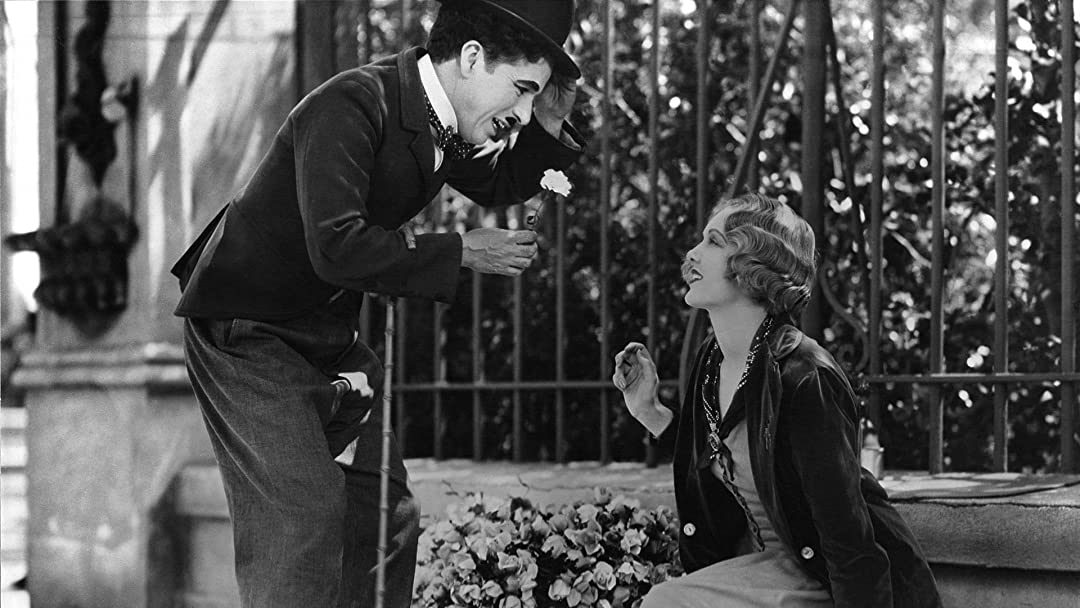
This Charles Chaplin-directed film is a masterpiece in every scene of the word. It is easily one of the best Hollywood movies of the silent era. City Lights has comic scenes of such epic power that they can make the viewer laugh endlessly. The film also has its tragic moments and overall it is a complete film in every sense, for there is action, romance, comedy, drama as well as suspense.
24. The Hustler (1961)
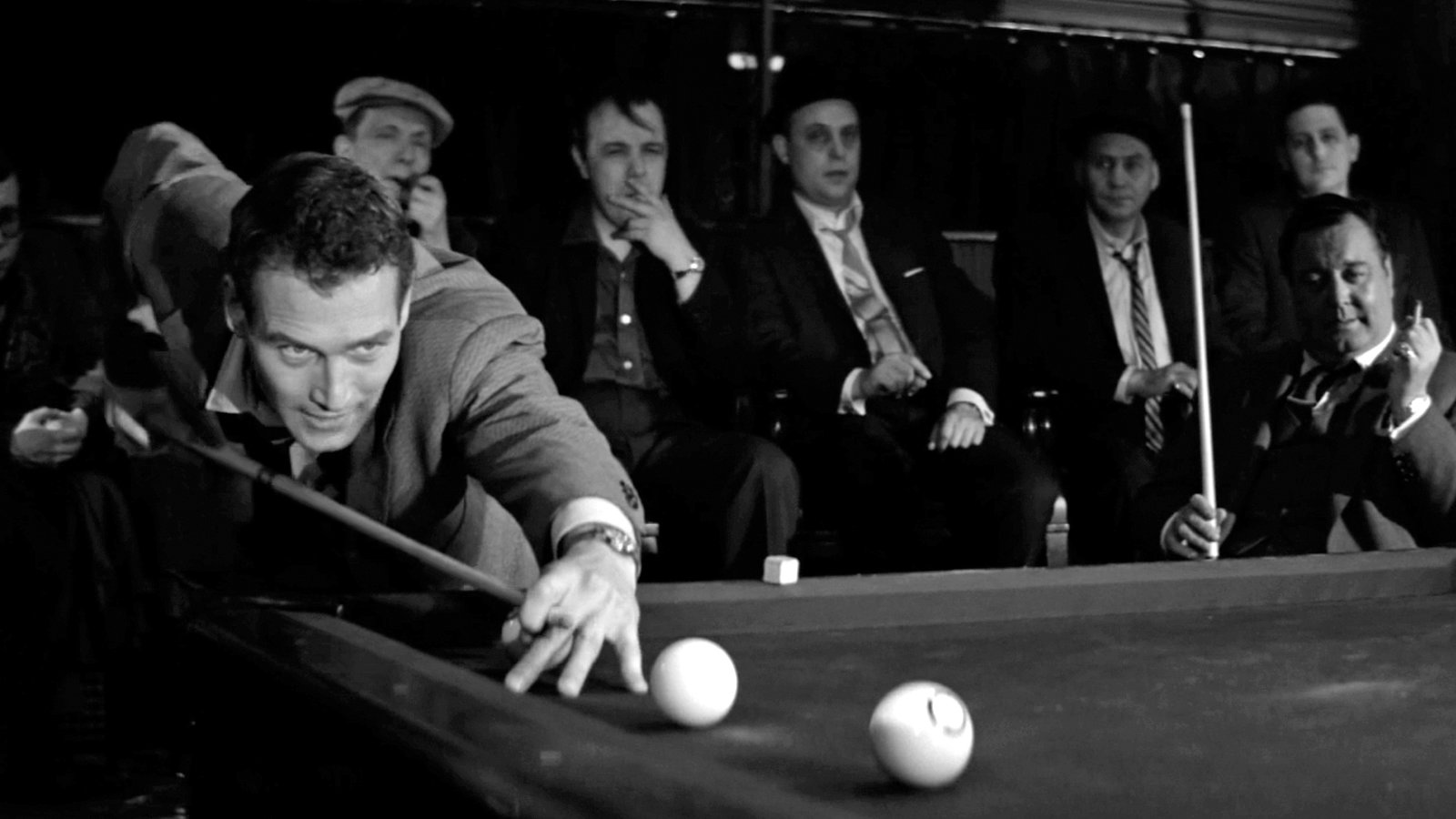
The Hustler, directed by Robert Rossen, is not only the greatest movie made about pool but it is also one of the finest sports movies ever made. The movie is about a sportsman’s meek surrender to his follies and his ultimate triumph by accepting the reality of his failure. Paul Newman here delivers one of the greatest performances of his illustrious movie career. He plays a gifted pool player named Fast Eddie who just doesn’t know when to say ‘stop’ in the game of pool as well as in life. He eventually learns it the hard way when he ends up losing someone very precious to him. The film also features memorable performances from George C. Scott and Piper Laurie. The Hustler paved Newman’s way into Hollywood’s big league at a time he was being looked upon by Hollywood as James Dean’s perfect replacement for playing troubled young men.
23. Blue Velvet (1986)

This is a rare David Lynch film that is devoid of surrealism. But Lynch more than makes up for it with an excess of gore, violence, and sexual content. This film is not meant for the faint-hearted. Dennis Hopper is as bad as a villain can be. He is vile, vicious and volatile. Isabella Rossellini is a sight to behold. The rest of the cast is impressive to say the least. The script for Blue Velvet was rejected several times but it kept on doing rounds before Lynch finally picked it up. After the failure of Dune, he wanted something gritty and revolting and Blue Velvet had everything that a filmmaker like Lynch can dream of. But the film wasn’t as successful as he had hoped but it none the less earned him his second Oscar nomination. But, over the years, this neo-noir mystery film has grown in reputation and today it enjoys a cult status.
22. The Treasure of the Sierra Madre (1948)
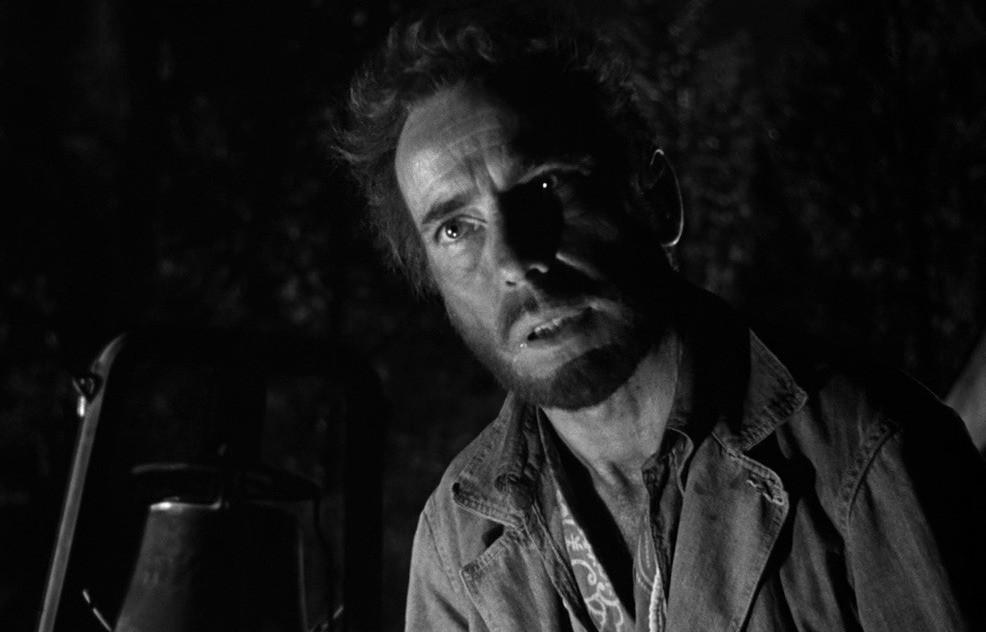
This John Huston classic is looked upon as the epitome of greed and its repercussions in all cinema. Here Humphrey Bogart plays a gold prospector whose greed for gold becomes his undoing. Bogart takes screen acting to hiterto unattainable and unimaginable levels. To watch him is to watch a man possessed by the devil of avarice and greed. The Treasure of the Sierra Madre is a timeless masterpiece, a masterclass in cinematic storytelling that continues to inspire filmmaker across the globe. Speaking of influences, Paul Thomas Anderson used to famously re-watch this film every night during the shooting of There Will Be Blood.
21. A Face in the Crowd (1957)
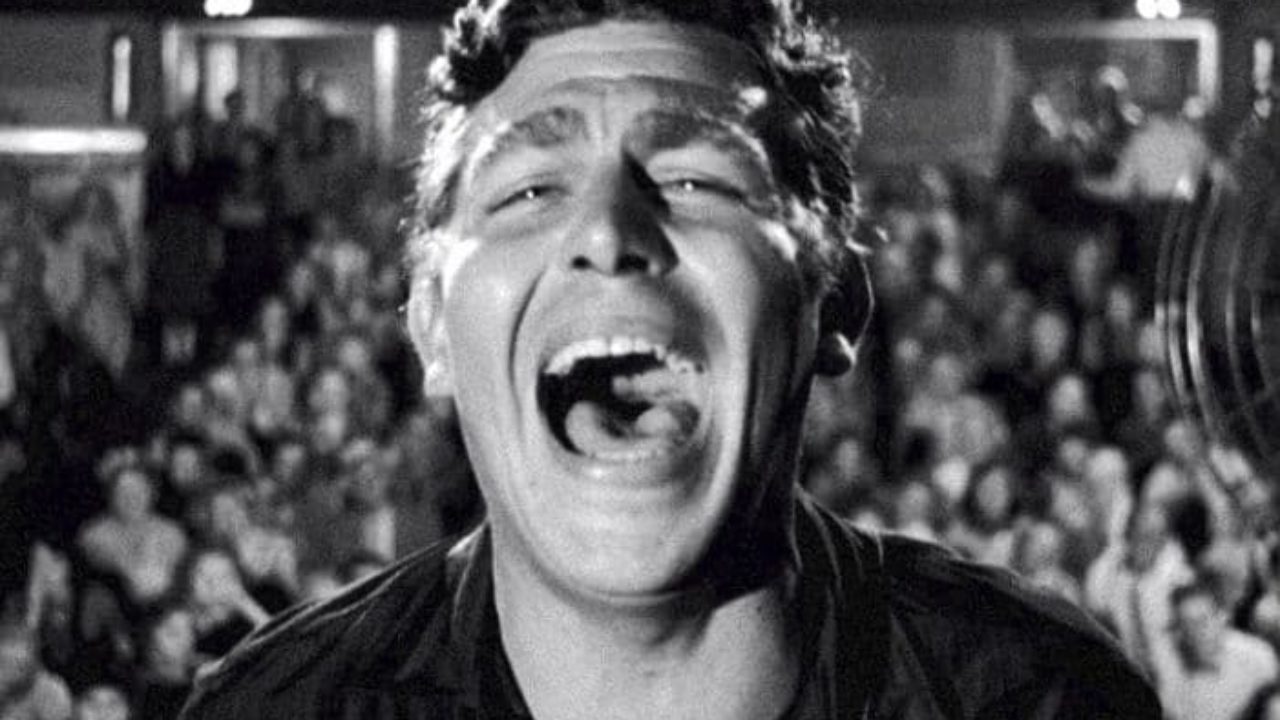
Elia Kazan’s A Face in the Crowd is a naked portrait of fame and what it can do to a man in the absence of morality. The film revolves around a fast talking country boy named Lonesome Rhodes who goes on to become a television sensation. He is sought after by advertisers, business magnates and politicians. Rhodes, in his own words, is ‘not just an entertainer, but an influence, a welder of opinion, a force’. Kazan’s visionary direction is brilliantly complimented by Andy Griffith who delivers one of the greatest performances of all time. The film also features an unforgettable performance from Patricia Neal who steals almost every scene she features in. It is not just a film but a prophecy that’s more relevant today than ever. Demagoguery today sells like hot cakes and A Face in the Crowd presents a haunting take on how television serves as the perfect conduit for its propagation.
Read the first part here (41 – 50)
Read the second part here (31 – 40)
Read the fourth part here (11 – 20)
Read the fifth part here (1 – 10)
Tell us what you think of our Top 50 list. Please do leave your thoughts in the comments section below.

